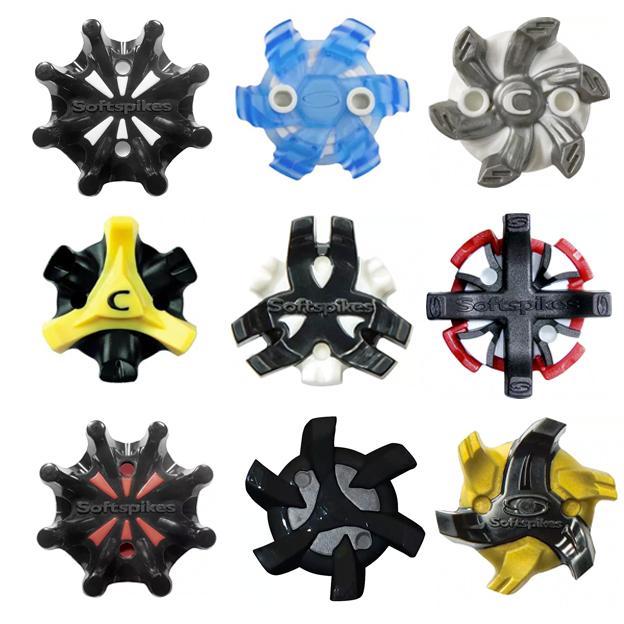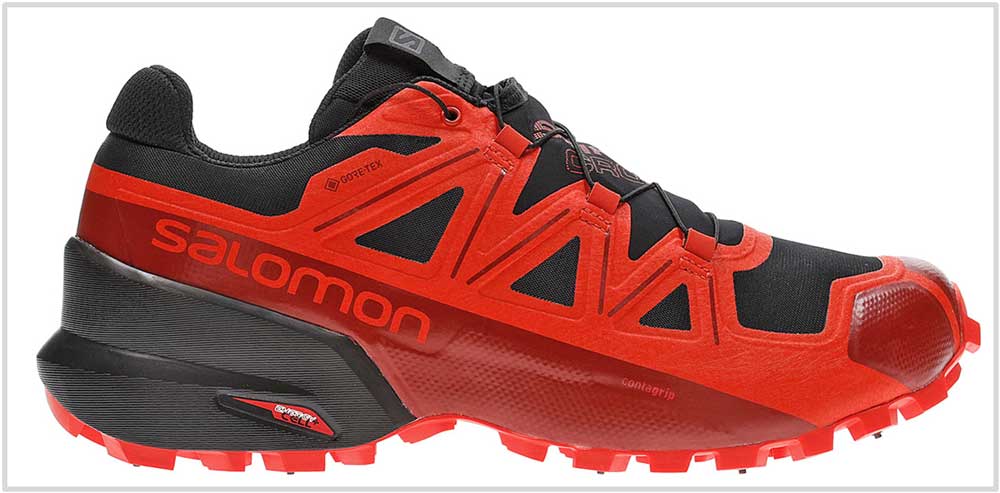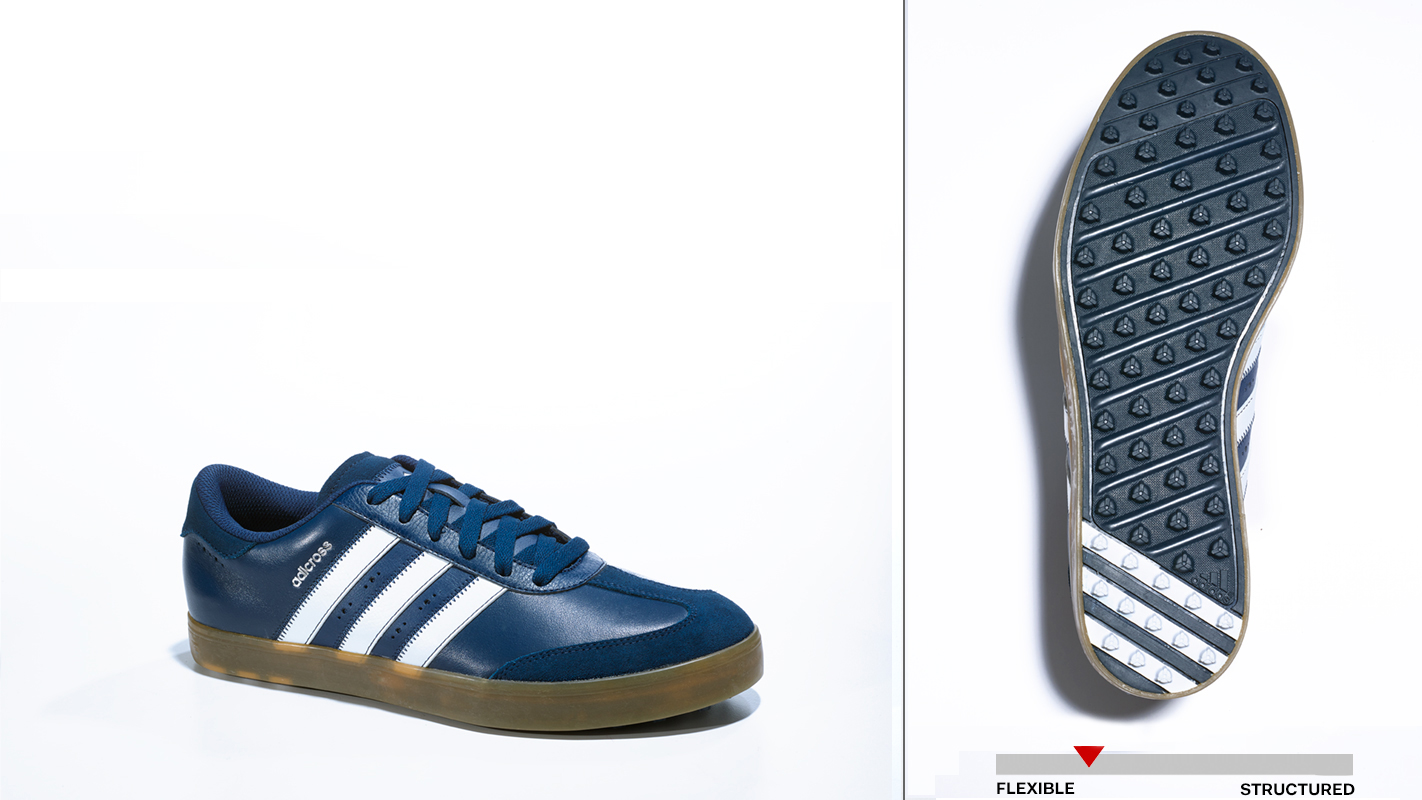
When you remove the loops and take the spreader off, it exposes steel spikes on the bottom of the tripod for use on soft surfaces. The floor spreader is fastened with strong rubber loops that double as feet for the tripod. The stages are locked in place with triangular knobs that Vinten calls “Pozi-Loc” leg clamps. The tripod has two stages, with a minimum height of 28 inches to the pan-andtilt head’s top platform and a maximum height of 66.5 inches. The model 3819-3 tripod is made from aluminum and has a floor spreader. The only other thing included with the pan-and-tilt head was a sheet of instructions on how to properly adjust the Perfect Balance feature. The Vision Blue 5 head came with a lightweight pan arm that can be attached on either side of the head. All with the drag controls adjusted for your preference and without using the tilt lock.



With the camera properly balanced and the Perfect Balance control dialed in properly, you can tilt the camera through a 180-degree arc and have it stay in whatever position you leave it.

This Perfect Balance feature is what is really new with the Vision Blue 5. Vinten suggests balancing the weight so that it just starts to tilt down, then adjusting the head’s “Perfect Balance” counterbalance control so that the head’s payload can be tilted at any angle and remain in that position without the user needing to adjust the tilt drag or lock. In addition to infinitely adjustable panand- tilt drag, the Vision Blue 5 camera head has a sliding quick-disconnect plate that is used to balance the weight on top of the head. Where a more basic product might have settings of 1-2-3-4 and so forth, the Vision Blue 5 has adjustments that you can set to somewhere between two and three (for example), if that’s what works best for you.


 0 kommentar(er)
0 kommentar(er)
